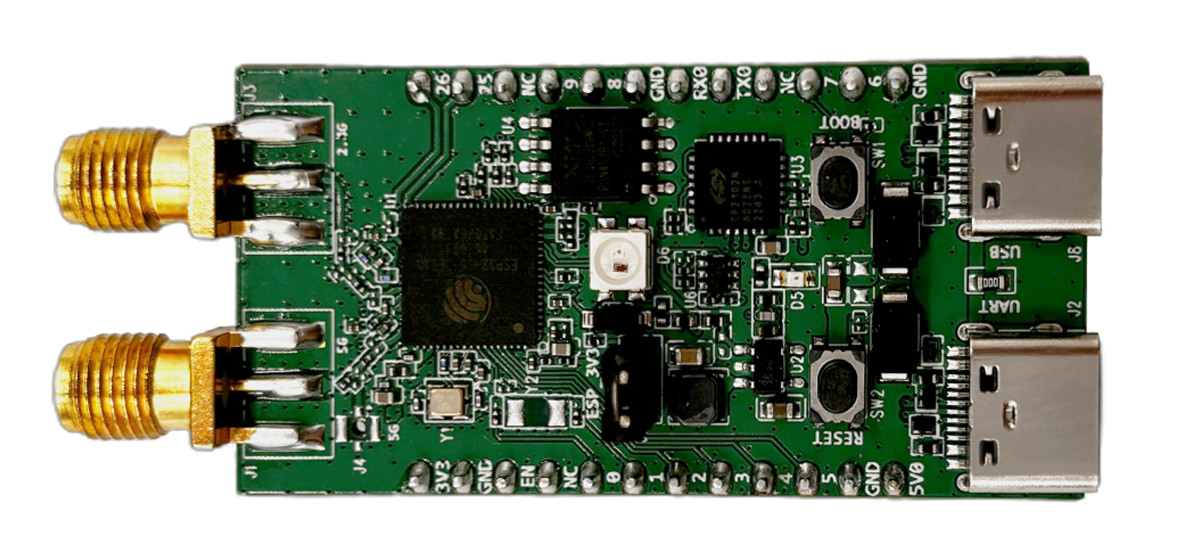
Espressif ESP32-C5 Test Board Features Dual USB-C Port and Dual SMA Connectors
Back in June 2022, Espressif unveiled the ESP32-C5, their first dual-band SoC. But since then we haven’t heard any update on that part nor has any development board been showcased, but that changed very recently as they released an official design guide for an ESP32-C5 Test Board.
When the board was first released, it was marketed only as a dual-band chip. Now, with the board out we can see that it also has support for Zigbee 3.0 and Thread 1.3, which means that the company has also included a 802.15.4-based radio within the chip.
This new board design by Espressif features two SMA connectors one for 2.5GHz and another for 5GHz radio. It also has dual USB-C ports one goes through a USB-to-UART bridge and another directly connects to the ESP32-C5 port additionally it has two 12-pin GPIO headers, Boot and Reset buttons, an RGB LED, and a 2-pin header for current measurements.
ESP32-C5 Test Board Specifications:
- Processor: Single-core 32-bit RISC-V processor with clock speeds up to 240 MHz.
- Memory: 400KB on-chip SRAM, 384KB on-chip ROM, and support for external flash storage.
- Wireless Connectivity:
- Dual-band 802.11ax WiFi 6 (2.4GHz and 5GHz) with backward compatibility for older WiFi standards (802.11b/g/n).
- Bluetooth 5.0 LE.
- 802.15.4 radio for Zigbee 3.0 and Thread 1.3.
- Storage: 4MB SPI flash.
- I/O:
- USB Type-C port for USB Serial/JTAG (USB 2.0 full speed).
- USB Type-C to UART port.
- 12-pin GPIO headers (J5 and J6).
- Boot and Reset buttons.
- Other Highlights:
- Power and RGB LEDs.
- 32.768 KHz and 48 MHz crystals.
- 5V to 3.3V DC/DC switching regulator for power efficiency.
More design details about the board can be found in the user guide provided by Espressif. At the time of writing, I couldn’t find any software details in the guide, but it’s likely to be supported by ESP-IDF. That means it will probably also be supported by the Arduino IDE. The company hasn’t made any official announcements yet, but when they do, we’ll likely see a lot of third-party boards launched at the same time.






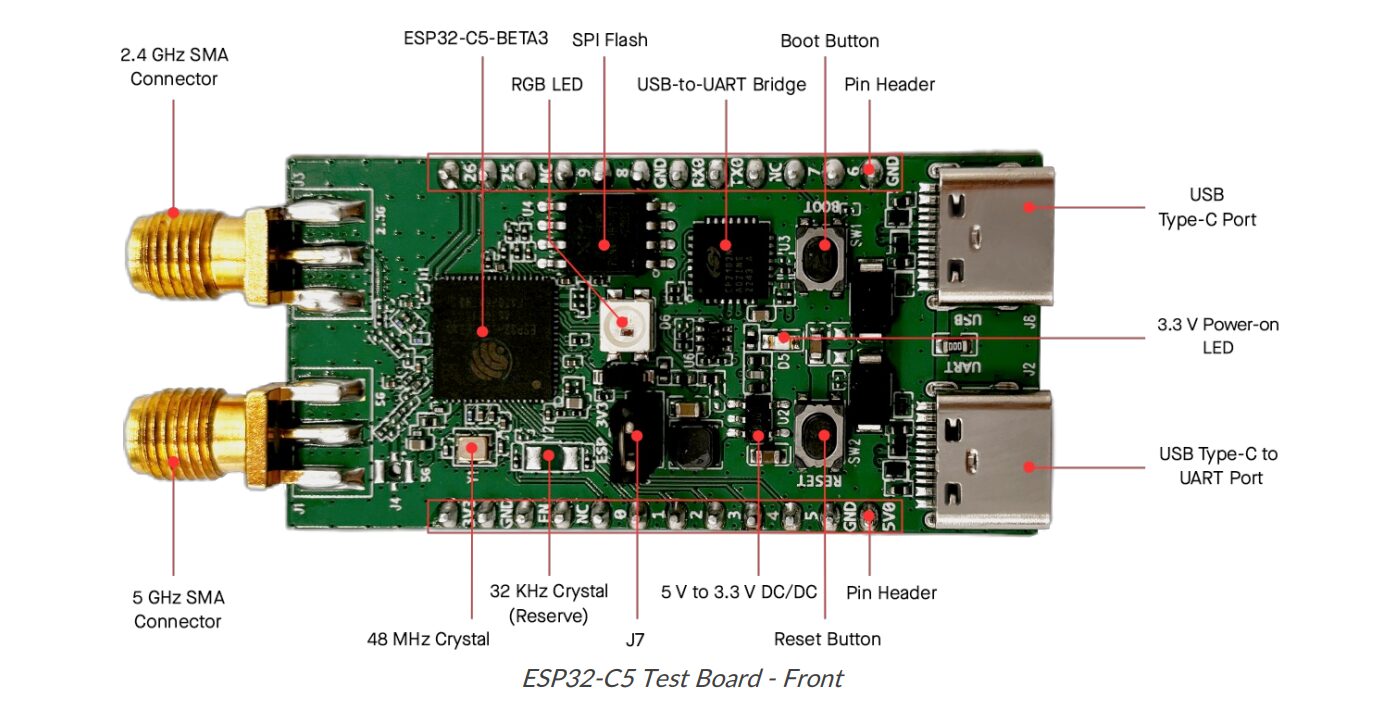
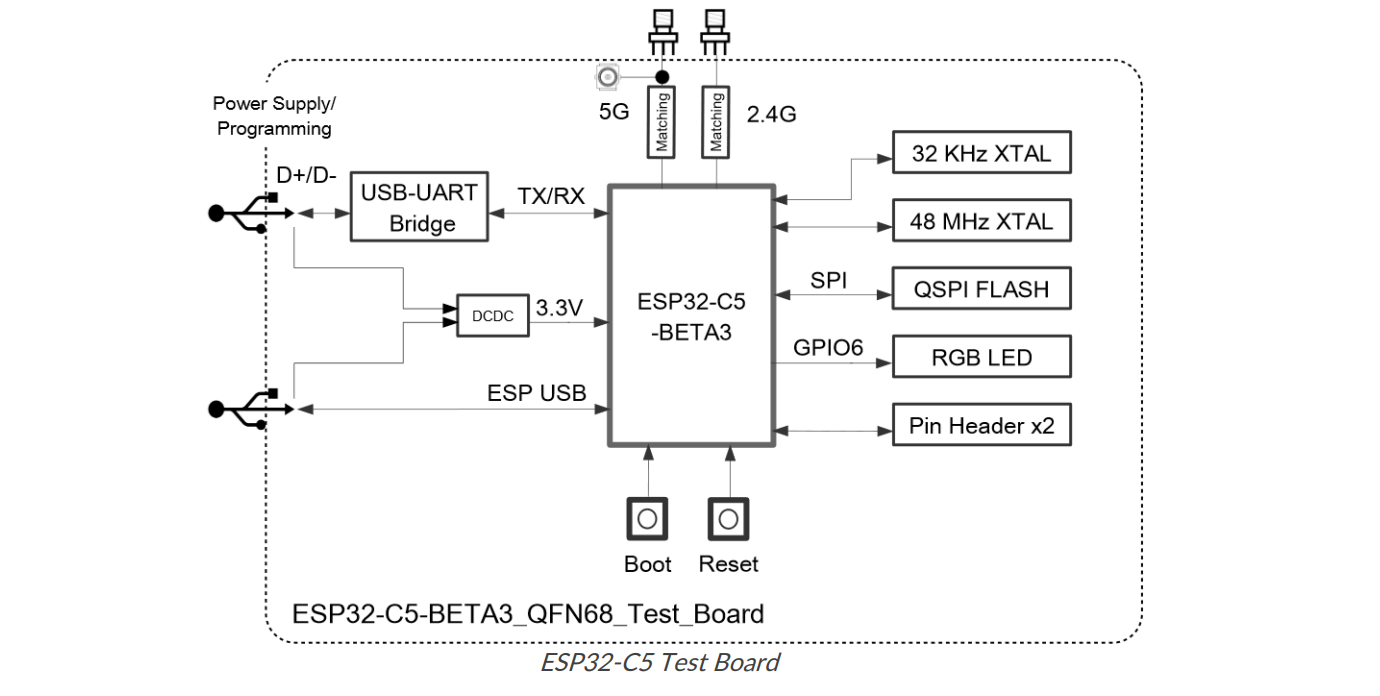
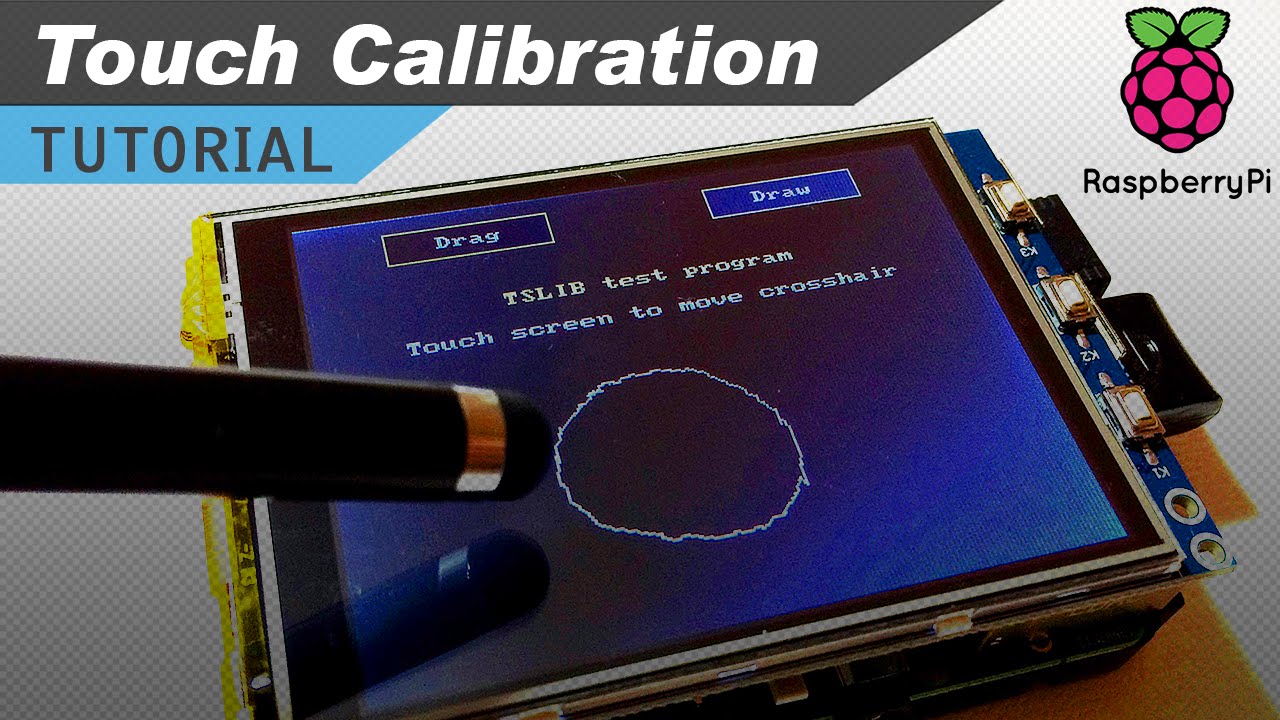

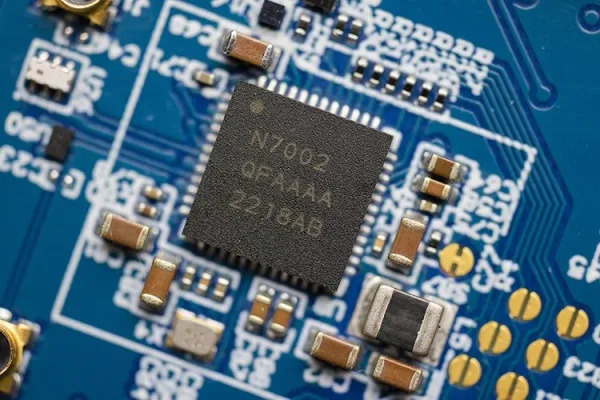
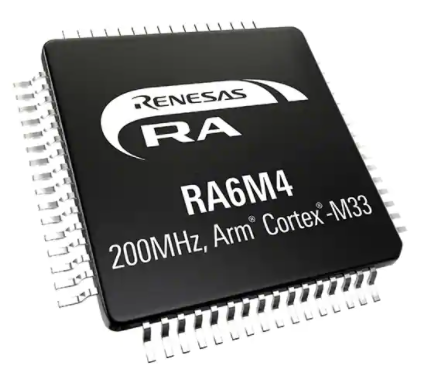
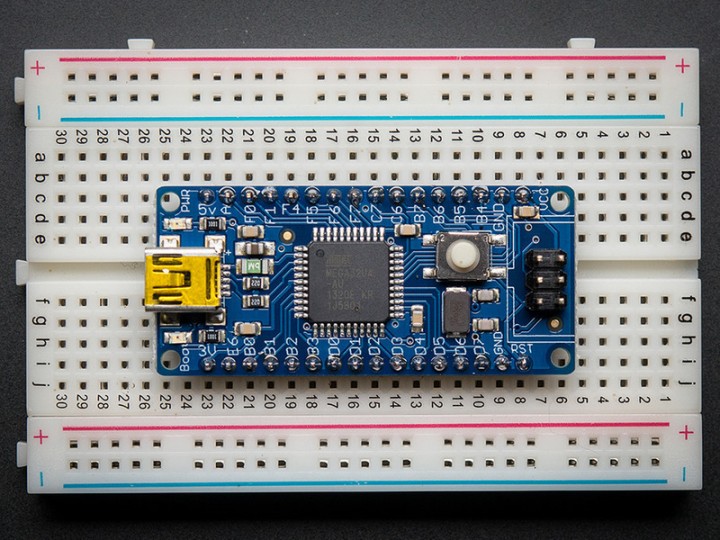
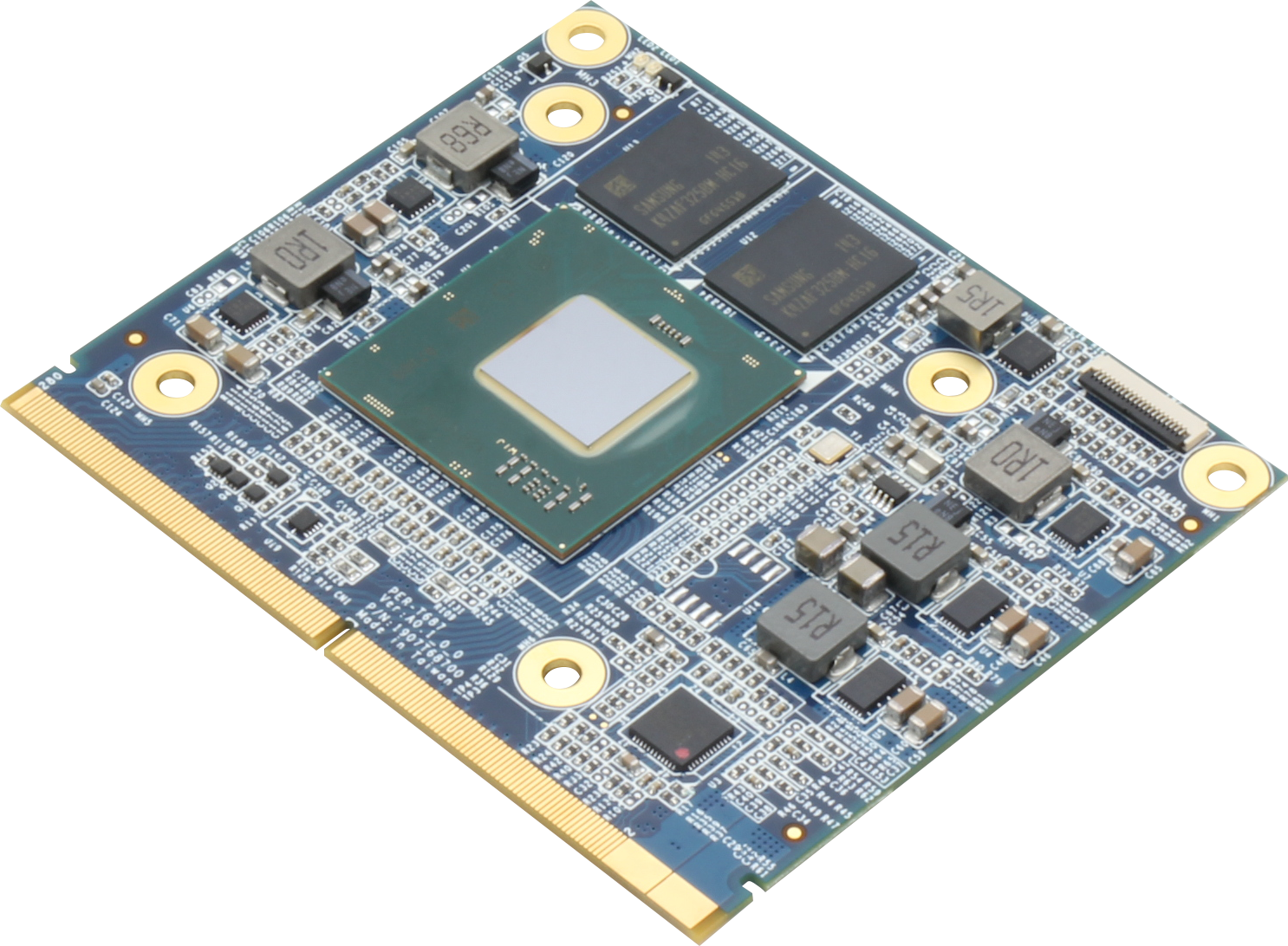







CPU: Single-core 32-bit RISC-V processor, up to 240 MHz
This took almost two years to appear! It really needs a second core just to handle the radios.